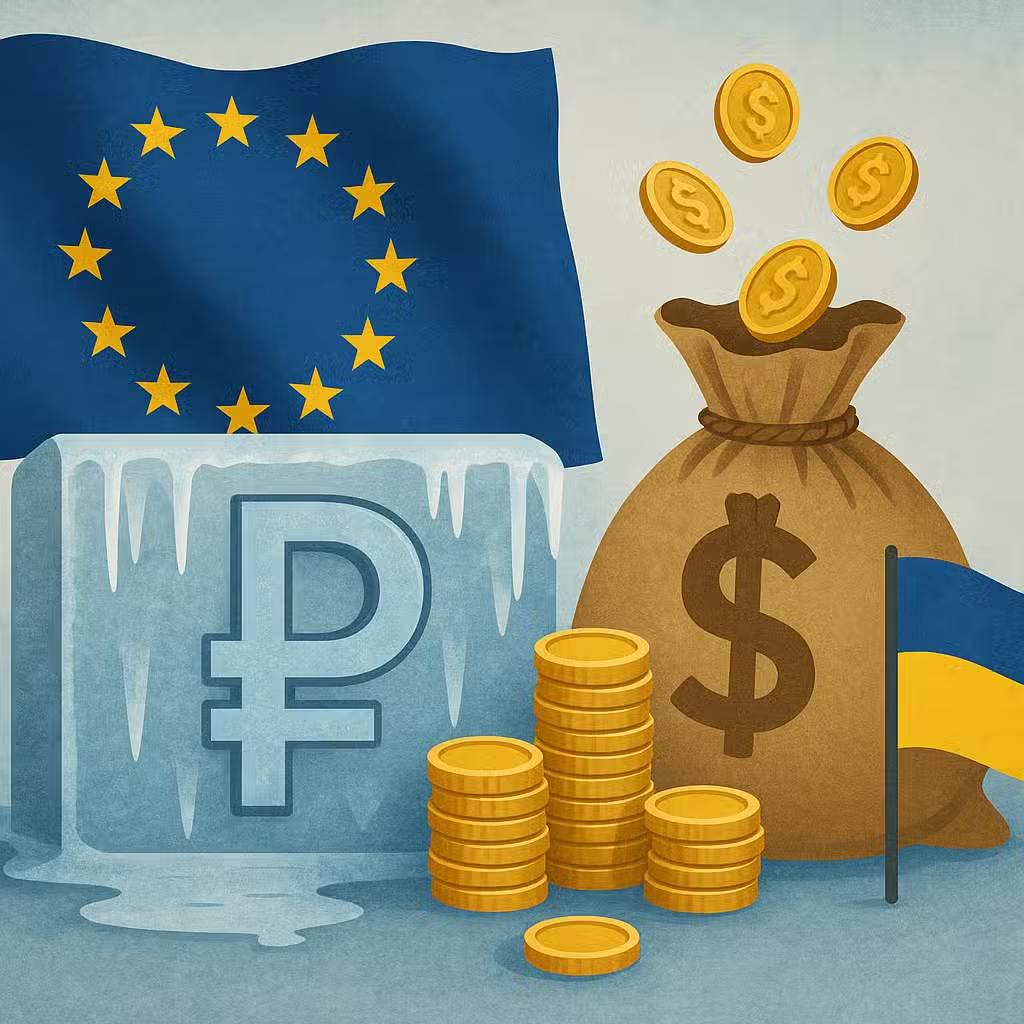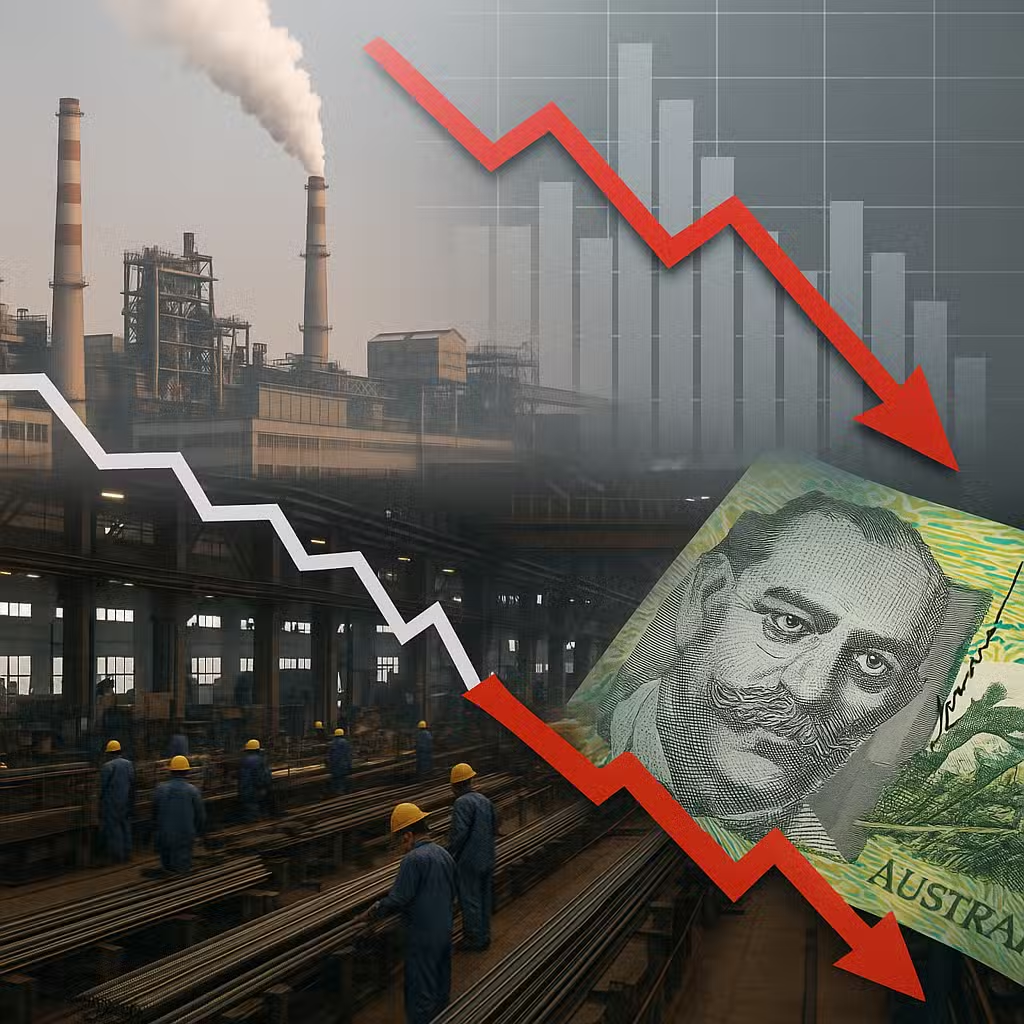EU’s Strategy to Use Frozen Russian Assets Offers New Funding Path for Ukraine Investors
Imagine you and your neighbors find a lost wallet full of cash, but you all have different ideas about what to do with it. This is a bit like what’s happening in Europe with frozen Russian assets—countries are trying to decide how to use this money to help Ukraine, but it’s tricky and everyone wants to be sure they’re not left holding the bag if things go wrong.
Why Investors Should Care
For investors, this debate could shake up markets, especially in Europe. How governments handle these frozen Russian assets could affect everything from government bonds to defense stocks, and even the euro’s strength. When big financial decisions are on the table, it can ripple out to many sectors.
The Bull Case: Pros of the EC Proposal
- Shared Responsibility: By working together, EU countries and partners like the UK can spread out the risks and costs. This makes it less likely that any one country will face big losses alone.
- Indirect Funding: Using guarantees instead of direct loans or grants means governments aren’t spending money upfront, which could keep budgets healthier. This method is less direct but can still help Ukraine get the support it needs.
- Broader Support: Inviting countries beyond the EU, like the UK, can help gather more resources and show global unity against Russia’s actions.
The Bear Case: Cons and Concerns
- Litigation Risks: Some countries, like Belgium, worry they could get stuck with legal bills if Russia sues over its frozen assets. This could make them hesitant to join in.
- Too Many Restrictions: Some leaders want the money to only be used for Ukraine’s military needs, but Ukraine also needs funds for things like pensions, salaries, and humanitarian aid. Limiting how the money can be spent might not be practical.
- Hidden Liabilities: Even if governments aren’t spending money right away, giving guarantees means they’re still on the hook if something goes wrong. This could make their finances look riskier to investors.
Looking Back: Lessons from History
This isn’t the first time countries have debated how to use frozen assets. After World War II, frozen German assets were used for rebuilding efforts in Europe. According to a Brookings study, these efforts helped stabilize economies, but also raised tough legal and diplomatic questions—just like today.
The Bigger Picture: Sectors and Markets
If the EU and its partners find a way to use Russian assets effectively, it could relieve pressure on their own budgets and help Ukraine stay afloat. This might boost European government bonds and support sectors tied to rebuilding and defense. However, if talks stall or legal fights break out, markets could get nervous, especially in countries most exposed to the risks.
Investor Takeaway
- Watch for News: Keep an eye on updates about the EU’s decision. Big moves could shift European markets and government debt pricing.
- Consider Defense and Infrastructure: If funding flows to Ukraine, companies involved in defense or rebuilding could get a boost.
- Risk Management: Remember that legal and political risks can hit markets suddenly. Diversify to avoid being overexposed to one region or sector.
- Look for Partners: The UK’s involvement shows this isn’t just a European story. Global cooperation can mean more stable outcomes—and more opportunities for investors.
- Learn from History: Past uses of frozen assets show both the promise and pitfalls of these strategies. Stay informed and ready to adjust as the story unfolds.
For the full original report, see FX Empire







